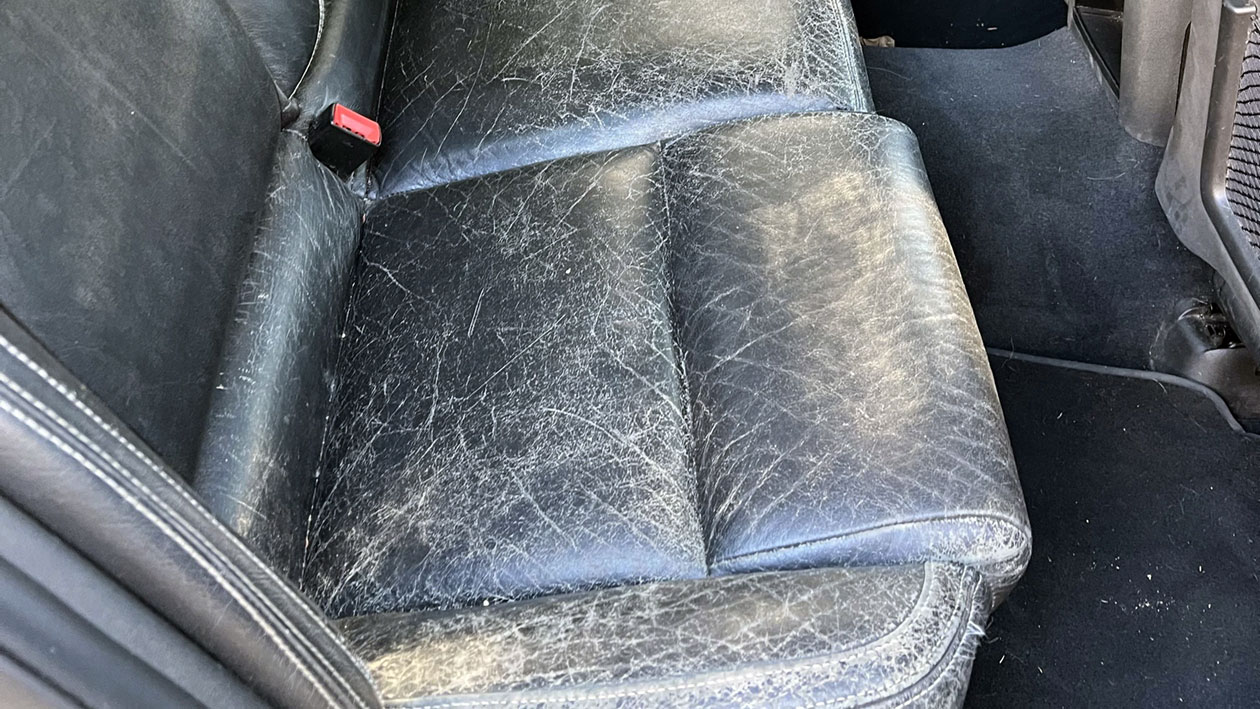
You’ve probably noticed how your car’s interior starts looking a bit worse for wear after a few years in the Australian sun. The short answer is yes – window tint absolutely does protect your car’s interior, and it’s one of the most effective ways to keep your vehicle looking fresh for longer. Quality window tints can block up to 99% of harmful UV rays and significantly reduce heat buildup, which are the two main culprits behind interior fading, cracking, and deterioration.
Understanding How the Sun Damages Your Car’s Interior
Let’s start with the basics – why does your car’s interior fade and crack in the first place? It all comes down to ultraviolet radiation and heat. The sun emits powerful UV rays that penetrate through your untinted windows and gradually break down the chemical bonds in your car’s materials.
Your leather seats are particularly vulnerable. Prolonged exposure to UV rays causes the leather to dry out, losing its natural flexibility and oils that keep it supple. Over time, this leads to cracking, splitting, and that familiar worn-out appearance that makes your car look prematurely aged. The pigments used in the dyeing process also break down under UV exposure, causing noticeable fading that leaves once-rich leather looking dull and lifeless.
Fabric interiors don’t escape unscathed either. The fibres within your seat fabric weaken when exposed to UV rays over extended periods, making them more prone to tearing and fraying. You’ll also notice significant colour fading as the dyes break down, often resulting in uneven discolouration across different areas of your seats depending on which parts get the most direct sunlight.
Your dashboard and plastic components face similar challenges. These materials can become brittle under constant UV bombardment, making them prone to cracking and warping. Even high-quality materials aren’t immune to the sun’s relentless effects, and the damage accelerates in Australia’s harsh climate where vehicles experience intense sunlight for much of the year.
How Window Tint Provides Comprehensive Protection
Window tinting works by creating a protective barrier between the sun’s harmful rays and your car’s interior. Modern window films are specifically designed to target the wavelengths that cause the most damage – primarily UV radiation and infrared heat.
Quality window tints can block up to 99% of harmful UV rays, which is the same level of protection you’d get from high-end sunscreen. This dramatic reduction in UV exposure significantly slows down the chemical breakdown process that causes fading and material deterioration. Cancer Council Australia even endorses window tinting for people who spend long periods in vehicles, recognising its effectiveness in reducing UV exposure.
Heat rejection is another crucial aspect of interior protection. High-quality window tints can block up to 70% of solar heat, keeping your car’s interior significantly cooler. This reduced heat buildup is important because high temperatures accelerate the degradation process of interior materials. When you combine UV blocking with heat reduction, you’re addressing both major causes of interior damage simultaneously.
The protection extends beyond just preventing fading. Window tint helps preserve the structural integrity of your interior materials, keeping leather supple, preventing plastic from becoming brittle, and maintaining the overall aesthetic appeal of your vehicle’s cabin.
Types of Window Tint and Their Effectiveness
Not all window tints are created equal when it comes to interior protection. Understanding the different types available helps you make an informed decision about what’s best for your needs and budget.
Dyed window tint
Dyed window tint represents the most affordable option, but it offers relatively limited heat resistance and UV protection capabilities. While it can reduce glare and provide privacy, its effectiveness diminishes over time as the sun breaks down the dye, often leading to a purplish hue and reduced performance. For serious interior protection, you’ll want to look beyond this entry-level option.
Metallised window tint
Metallised window tint steps up the protection game significantly. The tiny metallic particles embedded in the film reflect sunlight effectively, reducing heat and blocking UV rays more efficiently than dyed alternatives. It’s also more durable and won’t scratch or fade as easily. However, the metallic content can interfere with phone and radio signals, which might be a dealbreaker for some drivers.
Carbon window tint
Carbon window tint offers excellent middle-ground performance. It blocks around 40% of infrared heat while providing good privacy and UV protection. Since it doesn’t contain metal, you won’t experience any interference with your electronic devices. The trade-off is a higher price point compared to dyed or metallised options, but the superior performance often justifies the investment.
Ceramic window tint
Ceramic window tint represents the gold standard for interior protection. These films use nano-ceramic technology to offer superior heat and UV reduction without interfering with electronic signals. The best ceramic window tints can deliver up to 96% infrared heat rejection and 99% UV rejection. While they carry the highest price tag, ceramic tints provide the most comprehensive protection for your interior and typically come with longer warranties.
Making the Right Choice for Your Vehicle
When deciding whether window tint is worth the investment for interior protection, consider how you use your vehicle and what you’re trying to protect. If you’ve got a newer car with pristine leather or fabric interiors, investing in quality ceramic tint makes financial sense as preventive protection. For older vehicles where some fading has already occurred, tint can still slow further deterioration and improve your comfort level.
The Australian climate makes window tinting particularly beneficial compared to other regions. Our intense UV levels and high temperatures create ideal conditions for accelerated interior damage.
Don’t overlook the immediate comfort benefits either. That reduced glare and heat makes daily driving more pleasant, especially during our harsh summer months. Many drivers find that the comfort improvements alone justify the investment, with the interior protection being an added bonus.

